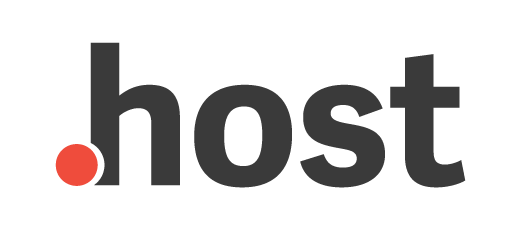Building up backlinks—that is, getting your website linked to from a trusted, high-traffic site—bolsters your site’s standing in the eyes of consumers and search engine ranking algorithms. Don’t be fooled by its placement at the end—this step is just as critical as any on-page SEO Anomaly tactic. A fully optimized GBP acts as a dynamic ambassador for your brand, sending powerful geographic signals to both users and search engines.
The 2013 Google Hummingbird update featured an algorithm change designed to improve Google’s natural language processing and semantic understanding of web pages. While technical SEO focuses on the technical aspects of your website, content quality remains paramount. Search engines prioritize websites that offer high-quality, informative, and relevant content that satisfies users’ search intent.
You can also focus on your blog and create useful content—such as infographics, case studies, white papers, surveys, or statistics—that others will want to reference. Web pages that rank highly in search engines contain content that closely matches users’ search intent. That means considering what searchers are looking for when they enter queries and then providing the information or services they’re seeking. For example, if the term “masks” brings up results about beauty sheet masks, it wouldn’t be the right keyword for you if you sell Halloween masks. And, search engines are very good at detecting whether it is relevant and useful or not. Let’s say that you do rank well simply because you stuffed your content with keywords.
- More people are using AI tools for their online searches and search engines are also investing in providing AI-driven search experiences.
- Start by generating ideas from competitor analysis and your current rankings.
- As you might expect, comprehensive content tends to be MUCH longer than your average blog post.
- A recent study by SEMrush found that backlinks were strongly correlated with higher Google rankings.
While this option is the least expensive in direct costs, it requires significant time to study through free online resources like blogs, videos, and courses, plus a lot of trial and error. The costs here are more about time and potentially some frustration as you navigate the learning curve. Ensuring your site is properly indexed is crucial, and unfortunately, indexing issues can be easy to miss.
Off-page optimisation centres on exercises exterior of the site that impact its look motor rankings. This incorporates building high-quality backlinks from trustworthy sources, social media engagement, and online brand mentions. So begin with learning how the search engines work and then move to other topics like keyword research, on-page SEO, link building, and technical SEO.
Do all search engines work on the same principle?
By analyzing the behavior of millions of searchers, Google knows what type of content they expect to see for a particular query. To learn more about technical SEO, consider enrolling in a technical SEO course (there are free and paid options). On-page SEO mainly revolves around content SEO and using the elements around that content to improve your findability for relevant terms.
Step #10: Improve and Update Your Content
Google, the leading search engine website, constantly updates its algorithms and indexing processes, so it’s essential to stay updated with current trends. Knowing what Google looks for in indexing and ranking is crucial for keeping your SEO strategies relevant and useful. Now it’s time to optimize each piece page on your site around a single keyword. If you’re first starting out, this keyword should be a long tail keyword. A meta description is a brief description that summarizes the content of a webpage.
Recommended Reads
All you need to do is write your keyword somewhere in the first 100 words of your page. In other words, you don’t want to greet people with a giant stock photo that takes up the entire above the fold area of your page. Which is why it’s super important to hook people the SECOND that they land on your website from Google. When someone clicks on your site in the search results, then clicks back to Google, that’s a signal to Google that your page is a BAD fit for that result. …and you’ll get a score along with a list of detailed recommendations. And I quickly noticed that most of the content on the first page were guides.
Last up, I recommend promoting your content to people who link to your competitors. Plus, multimedia makes your content much more interesting and compelling. Multimedia may not strictly fall under the category of “SEO writing”. But images, infographics and videos are super important for SEO.




